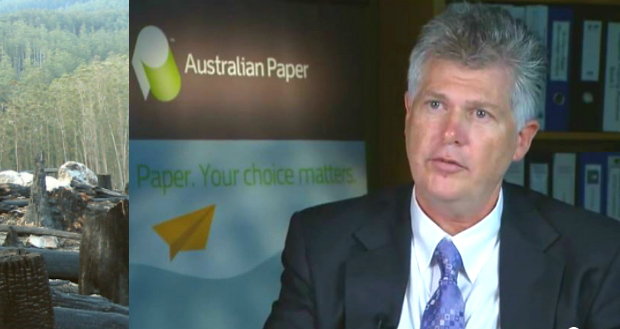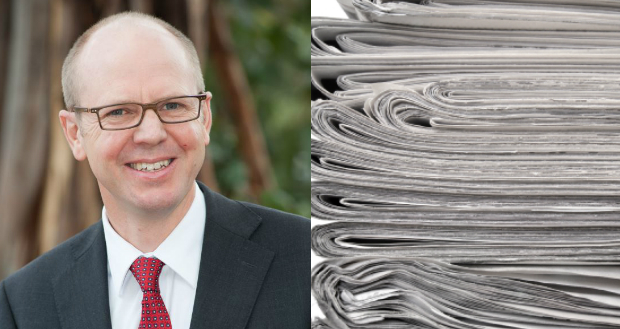Printing Industries says that the newly appointed officer will offer SMEs advice on lodging applications for new measures; reviews of existing anti-dumping measures; continuation of measures; duty assessments; and will also respond to anti-dumping enquiries.
The definition of SMEs is the same as that used by the Australian Bureau of Statistics (ABS): firms with less than 200 full time equivalent employees and/or less than $10m turnover.
Printing Industries national policy and research manager, Hagop Tchamkertenian, welcomes the appointment of an officer dedicated to SMEs.
“The appointment of the SME officer is an acknowledgement of commercial realities. SMEs simply do not have the resources or expertise to comprehensively deal with and manage the complexities of anti-dumping action,” he says.
“In the past we have had examples of concerns about industry products being dumped. Besides printing and copying paper concerns have been expressed about other products such as duplex boards used for packaging, greeting cards and stationery items.
“Industry members who are concerned about dumping matter should be comforted by this appointed. I encourage members to contact Printing Industries first if they have any such issues,” Tchamkertenian says.
Dumping Questions and Answers
(By courtesy, Australian Customs Service)
Q: What is dumping?
A: Dumping is when goods are exported to Australia at a price that is below the “normal value” (usually domestic price) of the goods.
Q: Is dumping illegal?
A: While dumping is not a prohibited practise under international trade agreements, remedial action can be taken when dumping causes or threatens to cause material injury to an Australian industry.
Q: What is a dumping duty?
A: The duty imposed on imported goods to offset the effects of dumping is called a “dumping duty”. Such duties are normally imposed for a five year period.
Q: What is a countervailing duty?
A: Countervailing duties are duties imposed to counteract subsidies paid by foreign governments to companies exporting goods to Australia which are deemed to cause or threaten to cause material injury to Australian industry. Such duties usually apply for a period of five years.
Q: What action may be taken by Australian industry?
A: Prior to any action is taken against dumped or subsidised goods, the Australian industry concerned must demonstrate not only there is dumping or a subsidy occurring but also that is has suffered material injury as a consequence. This is done via an application to the Australian Customs Service for an investigation into the facts of the case. If Customs decides an investigation is warranted it will then publicly announce this and write to all known importers and exporters of the goods concerned inviting their participation in the investigation.
Q: How does the investigation proceed?
A: Customs has up to 155 days to complete its investigation and report to the Minister. Submissions from interested parties are due within 40 days from the commencement of the investigation. From day 60 of the investigation period, Customs has the power to impose provisional measures on imports of the goods. This would only occur where there is sufficient verified information available.
Customs issues a Statement of Essential Facts on which it proposed to base its report to the Minister on or before 110 days after the initiation of the investigation. Interested parties are then given 20 days to respond and lodge submissions.
After consideration of additional submissions, Customs reports its conclusions and recommendations to the Minister before day 155 of the investigation. All interested parties receive a non-confidential version of the Customs report after the Minister’s decision is announced.
Interested parties can then appeal against the Minister’s decision within 30 days of the announcement. Other parties are then given a further 30 days in which to lodge submissions in response to the grounds of appeal.
Comment below to have your say on this story.
If you have a news story or tip-off, get in touch at editorial@sprinter.com.au.
Sign up to the Sprinter newsletter


